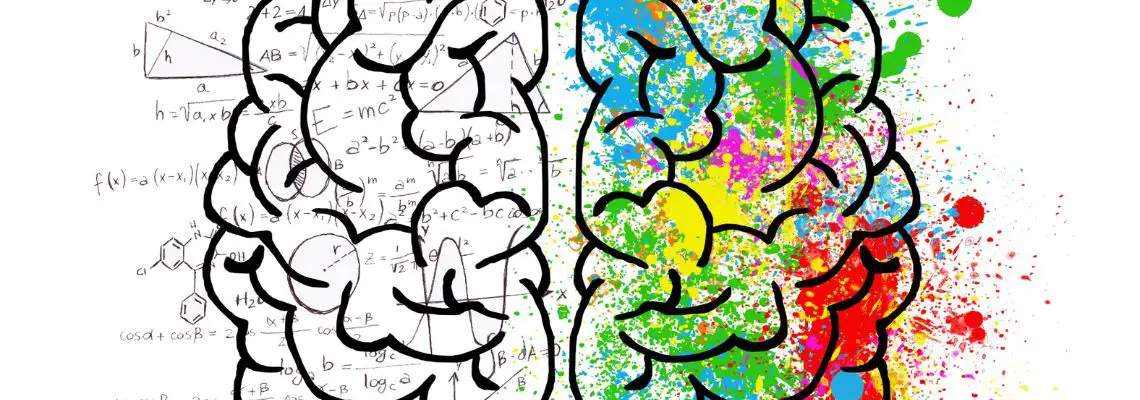
Many users were thrilled when we first released the mind map view, others weren’t so sure of the benefits. So I’m here to clear things up. First things first…
What Is Mind Mapping?
According to Tony Buzan, the inventor of mind mapping, mind mapping is:
“a powerful graphic technique which provides a universal key to unlock the potential of the brain. It harnesses the full range of cortical skills… in a single, uniquely powerful manner. In so doing, it gives you the freedom to roam the infinite expanses of your brain.”
That’s quite a lot to take in. Let’s break it down to its two main components:
Graphic technique: A mind map is essentially a way to represent ideas graphically, or visually.
Harnesses cortical skills: By ‘cortical skills’, Buzan is referring to your brain’s abilities to process various inputs such as words, colours, and images, as well as its strengths in logic and spatial awareness.
So now we’ve got the idea… how do we take advantage of them?
How to Create a Mind Map
On Buzan’s site, mind mapping is broken down into 7 stages. These 7 stages are the basic ‘rules’ applied to mind mapping, however, as you’ll see later on, they can be tweaked a little!
- Start at the centre of a landscape page.
- Use an image or picture as the central idea.
- Use lots of colours when creating the map.
- Connect branches to the central image, and keep adding branches to each level as you extend out.
- Make the branches curved.
- Use only one keyword per line.
- Use images throughout the map.
Here’s Tony himself breaking the method down:
Starting with a large blank space gives your brain the “freedom to spread out in all directions and to express itself more freely and naturally”. Some people might be intimidated by this big blank space, which is why you start the map with a central image.
The old adage “an image is worth a thousand words” holds true.
The brain is far better at processing images than text, so a central image will give you something to connect with and associate new and old ideas with. The use of colors throughout the map works similarly. Colours are far more exciting to your brain than plain black and white, and you can quickly associate concepts with them.
Here’s a mind map to help you wrap your head around mind mapping:
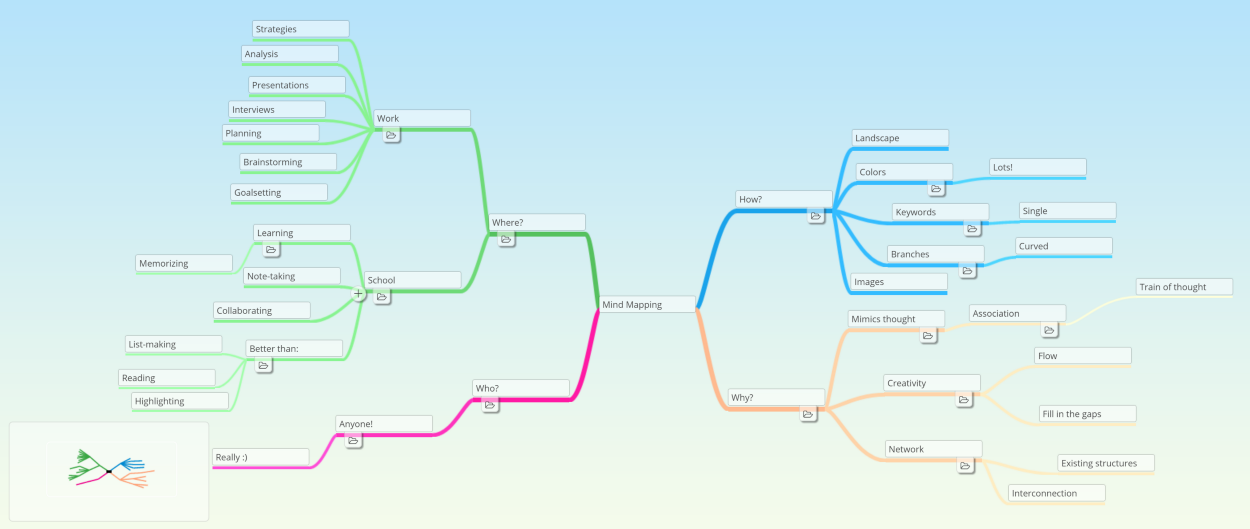
Digital vs. Hand-Drawn Mind Maps
You may have noticed that in Tony Buzan’s prescribed mind mapping method, using a software tool like Zenkit fails at the first step: start at the centre of a landscape page.
Obviously, Zenkit and other digital mind mapping tools don’t let you use pen and paper, and while there is definitely some benefit to hand-drawing maps, digital maps have their own benefits:
- You can rearrange the map whenever it suits you to easily add information you missed earlier.
- You can embed documents and links to help you gain a wealth of extra information.
- You can expand and collapse trees, which makes it much easier to store much more information in a digital mind map.
- Digital mind maps stay ‘alive’ longer because you can update them at any time.
- You can share and collaborate on digital maps.
- You can export your maps to other software.
And in Zenkit specifically: a mind map isn’t just a mind map! Finished brainstorming your next project? Switch over to Kanban view and start working on it immediately! Your mind map will always be there, even as the project moves forward.
The Key to Mind Mapping
‘Association’ is the key to why mind mapping is so effective. Branches stemming from a central idea are used because that’s how your brain works — when you link ideas and concepts together (associate them), you’re far more likely to remember them later on, and you’re far more likely to come up with new ideas associated with the ones you’ve already written down, too!
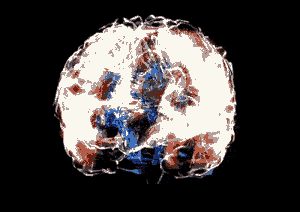
Ever started a list of ideas, and then got stuck after only a few? A mind map can help! Because of association, your brain will automatically fill in the gaps. Because of this, you can generate a ton more ideas in a much shorter amount of time.
Or what about when you’re learning a new concept or trying to get an overview of your organization’s hierarchy? Mind maps help you get an overview of a topic and delve into the details of it, without you having to read down a list or check another page for reference. Your mind can easily flow from one concept to another without being disrupted. This teaches you to think better by helping you learn and connect different ideas.
What to Use Mind Maps for
Because they’re inherently so flexible, mind maps can be used for pretty much anything!
You can use mind maps to manage a huge range of tasks because of their visual aspect — from learning new things to planning a project, taking notes, solving problems, or making decisions. In terms of organization, you can use it to group various tasks by type, department, country, difficulty.. whatever you need!
Here are two common ways you can use mind maps in Zenkit:
Mind Mapping for Learning
Studying isn’t always that fun! Especially if it means late nights spent paging through textbooks and frantically highlighting notes. There must be a better way…

When you draw out a mind map, you are building a network of deeply interconnected facts. Linking facts in this way tells your brain that these facts are important and worth remembering. When you link one fact to a concept you already know, that new fact has an anchor. The new fact is stored in a cluster of neurons, which makes it far less likely to be forgotten when your brain needs to clear space for new memories.
Say you’re learning a new language and have a ton of new vocab to remember. The best way to remember words that refuse to stick is to associate them with things you’re already familiar with. There is actually a wonderful German word that describes exactly this process: ‘Eselsbrücke’ (donkey bridge).

Zenkit is based in Germany, so some of us English-speaking team members have had to learn German. Our PR guy, Eric, learned the word for blueberry (Heidelbeere) like this: Heidelbeere sounds kind of like Heidelberg, ‘berg’ means mountain or hill, ‘Blueberry Hill’ is an awesome song, therefore, Heidelbeere = blueberry.
I know. I’m sorry. Here’s the song to make you feel better:
Mind Mapping in Business
Mind mapping is an excellent (and oft undervalued) tool for businesses. It can be used for note-taking during meetings or interviews, for analysis and problem solving, brainstorming and project planning, or during presentations and decision making. Even using it literally as a map of your organizational structure or workflow can be helpful.

Our friends over at Biggerplate have got a great collection of business mind map templates to get your ideas sparking!
That’s it from me this week! I hope this post has given you a few insights and ideas about how to use Zenkit’s mind maps. And as usual, we’re open to feedback! We’d love to hear your thoughts about the blog, the mind map view, or anything you want to chat about! Comment here or send us an email.
Cheers,
Siobhan & the Zenkit Team

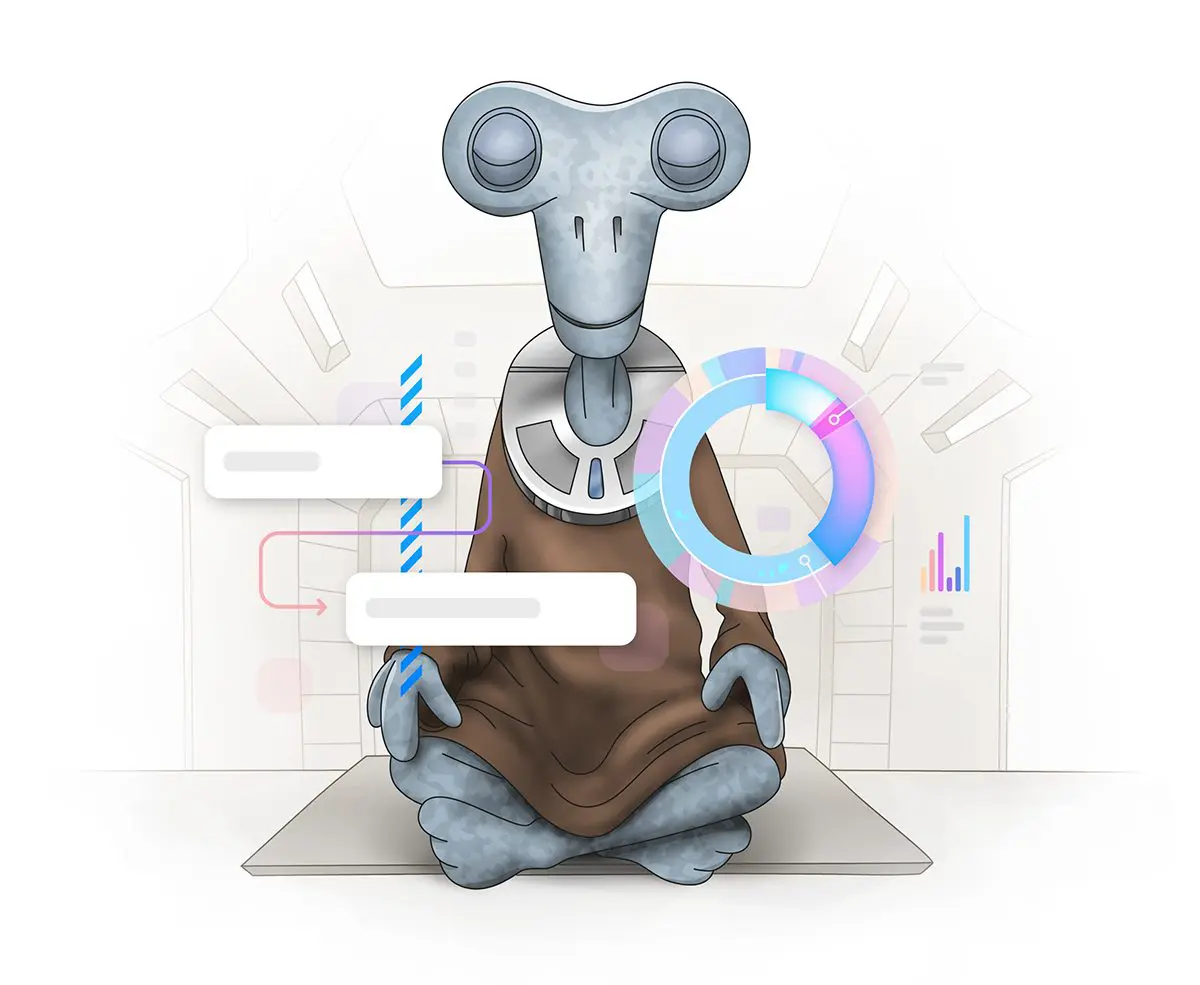
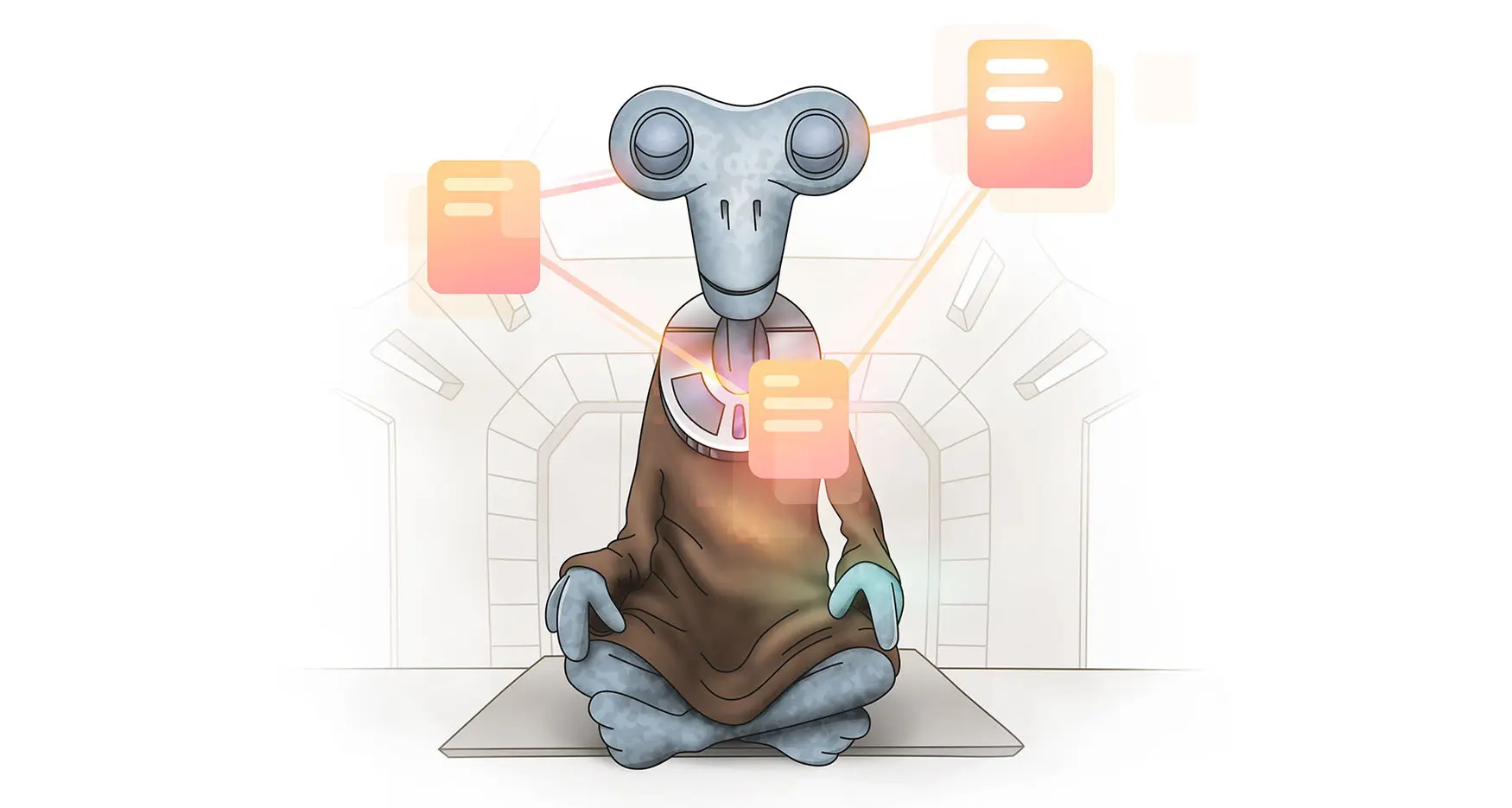
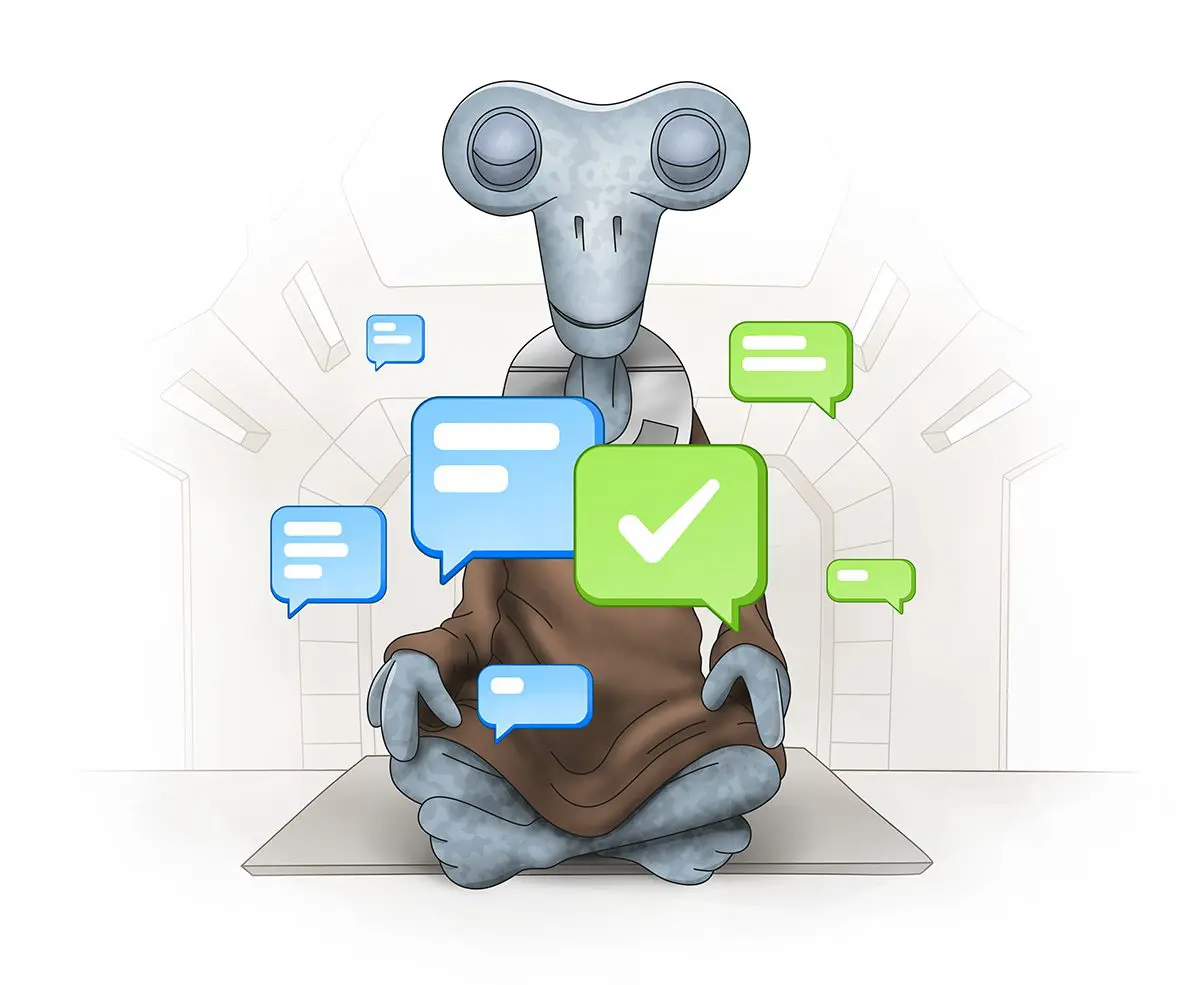

Leave a Reply